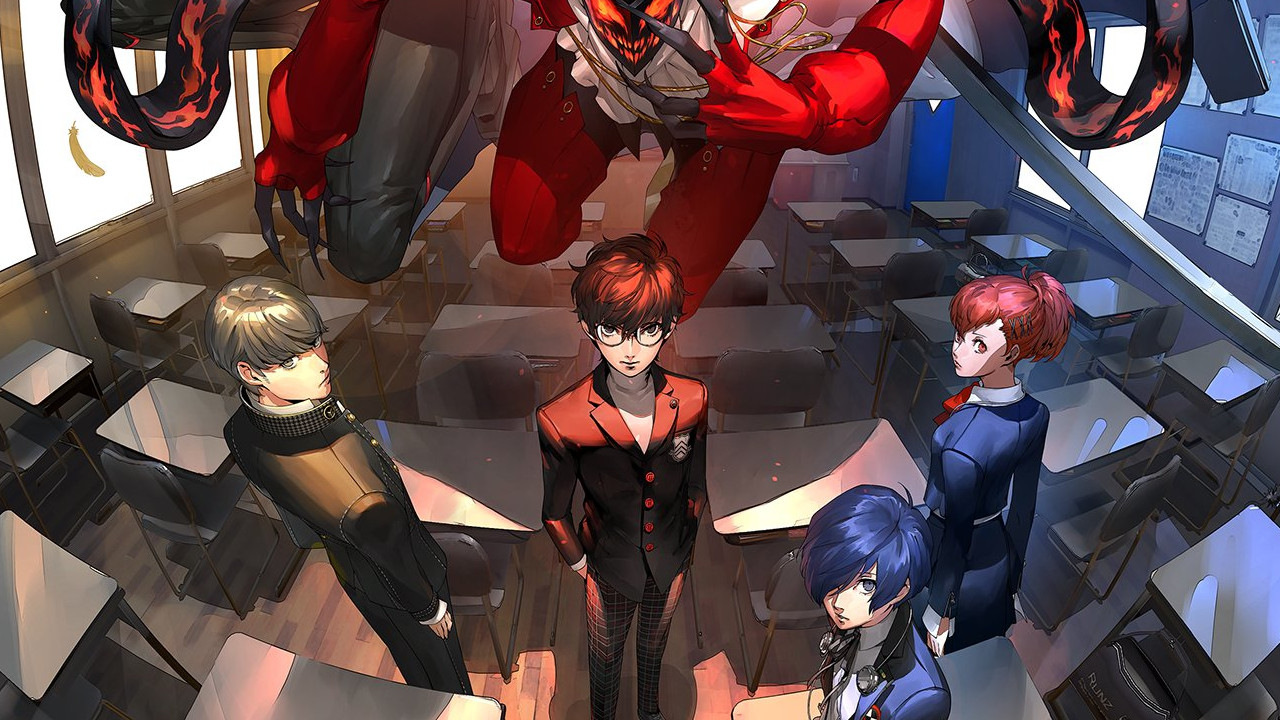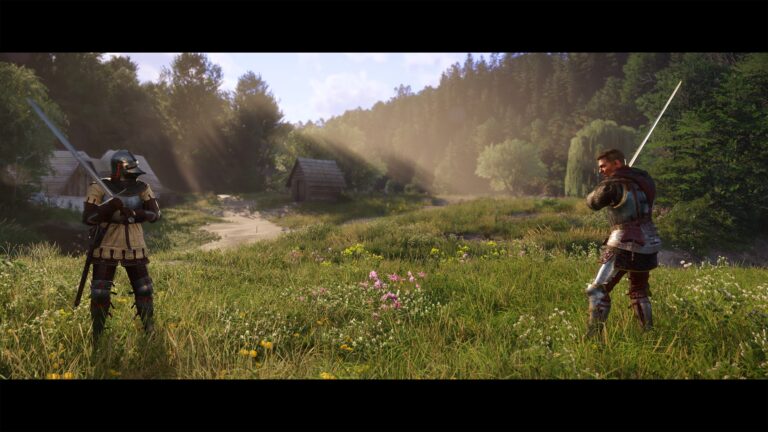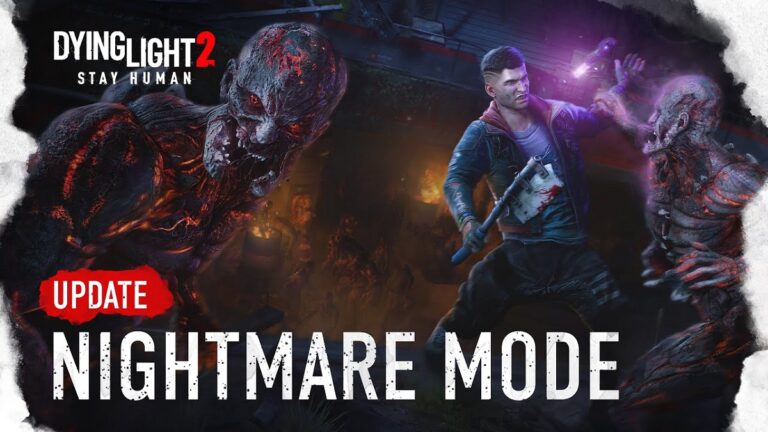Persona fans have eaten well these past couple of months. With Persona 5 Royal coming to PC and Persona 3 & 4 arriving on console fronts beyond PlayStation, it is a great time to be a part of (or join) the fandom. This push for older games in the series (Persona 1 and 2 when?) is probably due in part to Persona 5’s massive success and role in launching the franchise for the mainstream consciousness, creating a sort of “renaissance” for all things Persona. This resulted in spinoffs of the Musou and Rhythm-Dancing varieties. As such, it was not long before rumors of remakes joined and re-joined the discussion, with several anonymous online tipsters reporting on the alleged Persona 3 Remake, the game in the popular pantheon that has aged the least gracefully.
Regardless of the credibility of these rumors, a Persona 3 Remake is not entirely out of the realm of possibility. Modern assets for most of the Persona 3 cast exist (thanks to the dancing games and P5R) and the groundwork for future Persona games has been laid by Persona 5.
With that in mind, here are some things we would definitely like to see in a potential Persona 3 Remake.
Rebuilding Tartarus Exploration in Persona 3 Remake
Persona 3 is an OLD game, and this is nowhere more noticeable than in Persona 3’s dungeon-crawling spree throughout Tartarus during the Dark Hour. The closest modern interpretation of Tartarus would be Persona 5’s Mementos, a series of randomly sorted and generated rooms that players must clear to reach an eventual end point per story chapter. Mementos was one of the weakest aspects of Persona 5, and that was with the updated combat suite Persona 5 touted. Persona 3 in comparison is a complete and utter drag.
Part of this tedium is due to WHAT Tartarus is in the grand scheme of Persona 3’s story. Much like the contrast between Mementos and Palaces in Persona 5, Persona 3 has nothing outside of the Full Moon Operations that offers a break from Tartarus. Tartarus is, simply put, a place to grind the players’ SEES squad and Personas in prep for the aforementioned monthly missions, and character well-being, status be willing, which is a whole other can of worms that will be addressed.
In a potential remake, more stakes and plot relevance should be given to Tartarus in advance, giving players an active reason and motivation to explore the massive, lich-green tower outside of “because you have to.” Palaces in Persona 5 worked well because of how intimately linked these dungeons were to the burgeoning story; players are often motivated to clear as much of the palaces as possible in a single sitting to advance the story and carry out their work as the Phantom Thieves.
The role Tartarus plays in Persona 3’s story is substantial, especially towards the end when the mystery begins to unravel and the plot accelerates towards a climax. This mystery should be actively spoonfed and sprinkled throughout Tartarus to have players wanting to explore further and deeper (even if they can’t at the particular story juncture they are at). Also, having Tartarus be further linked to the Full Moon Operations would be a good way to create a sense of cohesion between the two activities (beyond Shadow slaying).
Motivation aside, traversal and exploration within Tartarus also need a massive change. Persona 5 spoiled players rotten with how dynamic, vibrant, and fun palace exploration was compared to previous Shadow-busting romps in older games—which made exploring Mementos a drag by comparison. Tartarus is much the same. Though Tartarus’ chamber randomization was probably impressive back in the day, it’s outdated now.
Traversal, exploration, and interaction should vary per chamber beyond surface-level appearance as players progress. Some areas should have gimmicks and mechanics tailored to the area’s theme that ensure continual exploration won’t be as stale as the last.
Overhaul of Combat System
Combat in Persona 3, for lack of a better term, sucks because players do not have control of their party members for some archaic reason. This reliance on shoddy AI made combat a chore at times, which, by extension, would severely hamper Tartarus’ exploration.
Persona 3 Portable did the combat suite justice by forbidding the AI from ever overriding player input (unless the players allow it to. Why would you do this?) and giving players direct control over all actions in combat, which should be industry standard in this day and age.
Beyond this quality of life change, shadows engaged in combat should be altered as well. Up until Persona 4, enemy shadows would be nothing more than black masses with eerie masks, bearing specific affinities and weaknesses depending on the region of Tartarus the player was exploring. Persona 5 changed up this formula by having shadows encountered be the very same as the personas players would fuse and find throughout their journey. Having enemies with known personas is intuitive because the enemies are immediately recognizable. Therefore, they are more intuitive to fight against compared to the rudimentary shadows of Persona 3 and 4. Persona 3’s remake should adopt this standard as well.
Also, the remake should alter the ways the SEES members approach their enemies. Persona 5’s Phantom Thief motif had players slinking around, ambushing unwary foes, and engaging in other nefarious, thieving hijinks. Since Persona 3’s cast consists of a literal Shadow Extermination Squad, they should adopt a manner, technique, and strategy that aligns with their mode of operation. As compared to their Phantom brethren, they would use more aggressive moves and mechanics to defeat their shadow foes. This should be reflected in both the presentation of shadow extermination excursions and the abilities gained.
Expansion of Social Links and Protagonist
As they were introduced in Persona 3, Social Links (or Confidants in Persona 5) play a vital role, integrated both into the game’s story and gameplay. These “dating-sim-esque” segments allowed players to become more involved with the world around them and offered insight and character growth to the myriad faces that surrounded them.
At the same time, social links for party members would expand their abilities during combat, allowing them to take certain actions that would help players turn the tide of battle. Persona 5 mastered this concept, letting players reap the benefits of social links beyond just party members; every confidant had a role to play in the Phantom Thieves’ quest. This concept should be replicated, or at least emulated, in the potential Persona 3 Remake.
Having extra nifty abilities will make Tartarus exploration a lot more palatable and possibly more fun. These could range from combat assists, accelerated EXP gains, access to unique HP/SP recovery items, and more. Also, it would be a fantastic motivator for players to go out and seek as many Social Links as they can.
Also, a revamp of the social link system will allow for more dynamic storytelling. Persona 3 Portable introduced the female protagonist. She came with a distinctive set of Social Links that made her journey through the game remarkably different from her male counterparts. She had access to certain individuals, including party members, that the male didn’t, and vice versa.
A remake should try to include both male and female protagonists and give them access to the same Social Links, but vary the way each relationship plays out. This way, the players’ understanding of their party and world can be more well-rounded but still warrant a reason to replay the game.
Combination of The Journey and The Answer
One of my biggest gripes about the recent port choices of Persona 3 was that Atlus decided to port Persona 3 Portable as the representative of Persona 3. While P3P has some worthwhile additions and fixes, I believe it is an inferior experience solely for one critical reason: P3P does NOT include the epilogue to Persona 3’s story.
Shortly after Persona 3 was released, Atlus repackaged the game with a “director’s cut” edition titled Persona 3 FES that included an epilogue story titled “The Answer,” which played out after the ending of the original Persona 3’s story. It is much more battle-intensive and challenging than the base game, but enduring the gauntlet is worth it for the climactic finale that neatly wraps up Persona 3’s story, something the original Persona 3 and P3P cannot do in their current state.
Much like how the updated versions of Persona 4 and 5 expanded their endgame after their original respective endings, the Persona 3 Remake should seek to do the same, given the events that take place in The Answer. Instead of being a constant battle fest, the epilogue should allow space for The Answer’s unique party interactions, events, and exploration that don’t solely rely on the Abyss of Time, The Answer’s equivalent of Tartarus.
That being said, The Journey and The Answer should be packaged together in the remake to give Persona 3 and its fans the definitive experience it deserves. This way, players can play this classic in the best way possible and fans can finally stop arguing about what is the correct way to experience Persona 3—though this day will never come until the Persona 3 Remake is officially confirmed.
Stay tuned at Gaming Instincts via Twitter, YouTube, Instagram, and Facebook for more gaming news.
No related posts.






